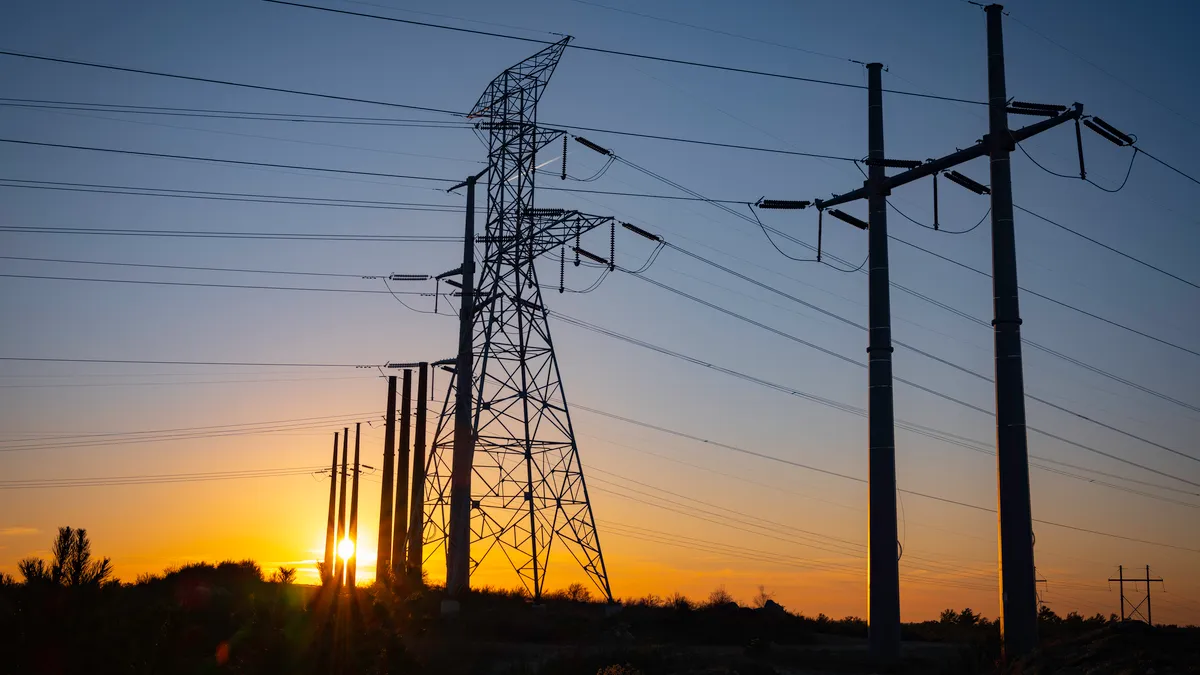Federal infrastructure money is keeping the country’s infrastructure woes from getting worse, but that progress will be lost when that funding ends, the American Society of Civil Engineers said in a report released this morning entitled “Bridging the Gap.” ASCE releases the economic study every four years leading up to the release of its national Report Card for America’s Infrastructure.
Recent federal investments, including $550 billion in new funding in the Infrastructure Investment and Jobs Act, have prevented the infrastructure investment gap from growing, the report found, but that money is set to expire by 2026. Plus, changes in the infrastructure landscape — including supply chain problems, stricter emission standards in the energy sector and extreme weather — have raised baseline spending needs and are keeping the investment gap from being noticeably reduced.
Infrastructure inefficiencies like power outages, uneven roads, time spent in traffic, load restrictions on bridges and leaking water pipes all have consequences for businesses and consumers, according to the organization. ASCE President Marsia Geldert-Murphey said the failure to prioritize infrastructure has cost businesses and consumers for decades.
“Federal action has made substantial progress stopping the growth of our needs, but this is just the beginning,” said Geldert-Murphey in a press release. “We need continued action at the federal level and collaboration from state and local governments and the private sector if we are going to succeed in transforming our aging infrastructure network to be more sustainable, resilient and best suit the future needs of American households and businesses.”
ASCE’s analysis compares the economic benefits of continuing existing funding levels to the ramifications of returning to pre-IIJA funding over 10-year and 20-year timeframes.
With current elevated levels of infrastructure funding, each U.S. household is losing $2,000 per year due to these inadequate systems, while reverting back would lead to nearly $2,700 in individual household losses annually. These are marked improvements from ASCE’s last economic report, Failure to Act, which was issued prior to the IIJA and Inflation Reduction Act, and estimated households lose $3,300 per year due to faulty infrastructure.
The report found that the sectors most heavily impacted by infrastructure deficiencies are:
- Manufacturing.
- Finance and real estate.
- Healthcare.
- Utilities.
- Agriculture.
Manufacturing is particularly susceptible to underinvestment because the production of goods requires reliable energy, clean water, modern transportation systems and dependable ports, according to the report. By 2033, the manufacturing sector would lose $1.15 trillion due to inefficient infrastructure if funding reverts back to pre-IIJA levels, compared to $877 billion if current levels continue, a $276 billion difference.
The energy sector is another key area of concern. While the influx of federal investments have either reduced or maintained investment gaps in the transportation, water, water transportation and aviation sectors, policy changes and underinvestment in brick-and-mortar energy structures have caused the energy investment gap to skyrocket since 2020, the report found.
ASCE tapped a research team to develop the study: Boston-based EBP; Morgantown, West Virginia-headquartered Downstream Strategies; Worcester, Massachusetts-based Daymark Energy Advisors and the Interindustry Forecasting Project at the University of Maryland in College Park, Maryland.













